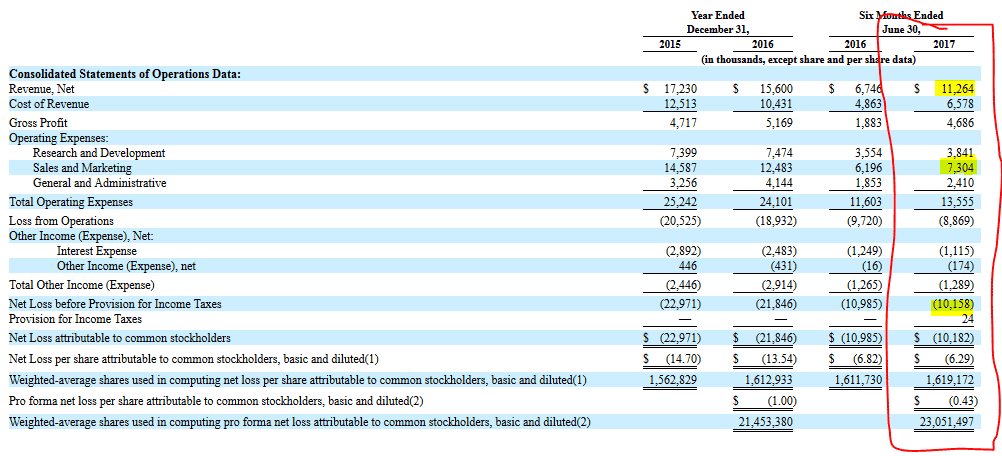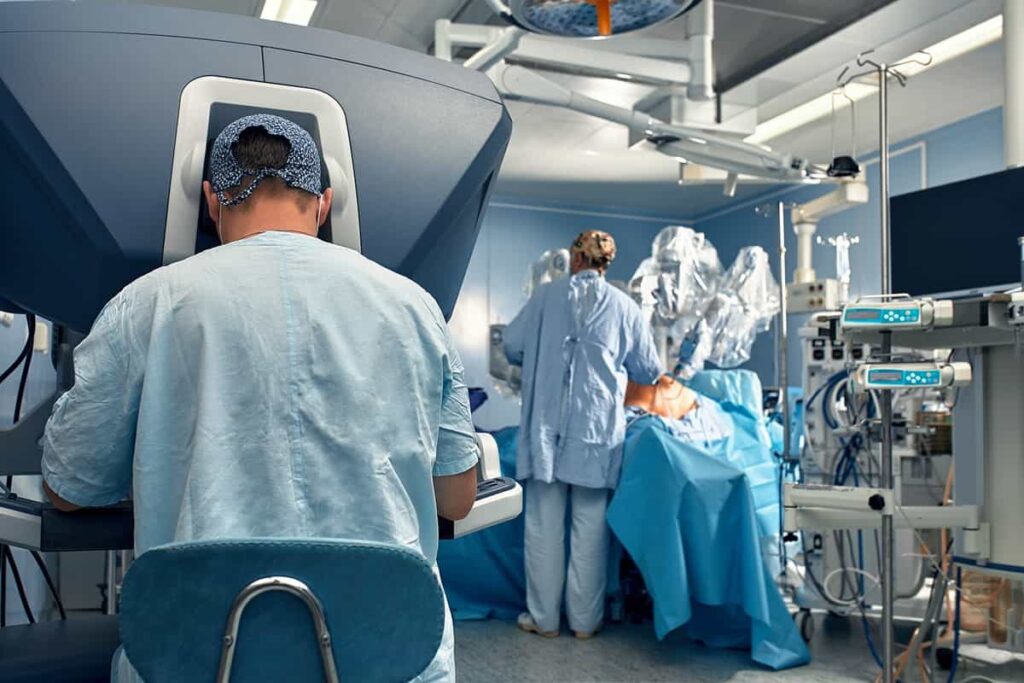A Robotic Hair Transplant Startup Files For IPO
Table of contents
Table of contents

There’s an old classic out there called Reminiscences of a Stock Operator, and if you have any desire to learn about the sorts of emotions you will feel as an investor then you should read it. It’s actually quite an enjoyable read for a finance book, and one of the things it points out are the various emotions that are dangerous to your investing health, emotions like these:
- Fear of being wrong
- Fear of losing money
- Fear of missing out
- Fear of leaving money on the table
If you invest in assets for the long term, and establish your positions using dollar cost averaging, then you will eliminate many of these fears that speculators often feel. That’s the strategy we take here at Nanalyze in our own investment portfolios, and it’s also why when we wrote about Intuitive Surgical (NASDAQ:ISRG) a year ago, we didn’t think about picking up any shares. After all, this was a company that had already returned +3,712% at the time we wrote our article on 10 Robotic Surgery Companies. Since that article, ISRG has returned another +50% compared to a NASDAQ return of +25%. Talk about fear of missing out.
While we’re partially consolidated by the delicious dividends we receive every quarter from our positions in medical device companies Medtronic (NYSE:MDT) and Stryker (NYSE:SYK), we’re still feeling like our exposure to robotics stocks is a bit weak. That’s why when we came across the recent filing of a medical robotics IPO, we decided to take a closer look.
About Restoration Robotics
Founded in 2002, San Jose startup Restoration Robotics has taken in just over $127 million in funding to develop a surgical robot called the “ARTAS System” that helps people who suffer from hair loss. It’s not going to replace the physician just yet, as it simply assists physicians in performing many of the repetitive tasks that are a part of a hair restoration procedure called “Follicular Unit Extraction” or FUE which is where you literally move hair follicles from one location to another using a non-invasive surgical procedure. The entire platform includes the chair, cart with robotic arm, some nifty artificial intelligence (AI) algorithms, an integrated machine vision system, and of course an automated needle and punch that are used to actually transplant hair follicles.
Approved by the FDA back in 2011, the ARTAS system has already been sold in 29 different countries with 89 systems sold in the United States and 144 sold internationally. The company’s revenues are broken down into two categories – systems (~57%) and procedure-based (~34%). According to their S-1 filing:
As our installed base of ARTAS Systems increases, we expect a greater portion of our revenue will be comprised of revenues generated from procedure based fees.
This is an interesting statement because it shows that once they sell one of their hair transplant robots, there are consumables that drive revenues aside from just the initial sale of the machine. These recurring revenues are what make Software-as-a–Service (SaaS) business models so attractive. For the first 6 months of 2017, we see $6 million in sales of machines and $3.8 million in sales of consumables bringing their total revenues to $11.264 million. While their gross profit margin sits at 42%, sales and marketing costs alone exceed $7 million bringing the company to a loss of just over $10 million for the first half of 2017.
When we think about the “Total Addressable Market” (TAM) for the ARTAS system, we can start with the 35 million males in the United States who are suffering from male pattern baldness which is the most frequently encountered form of hair loss. While other methods of treatment include things like pills (Propecia) or invasive surgical procedures (strip surgery), the popularity of FUE has grown from 10% of hair restoration procedures in 2004 to almost 50% in 2014. While this sounds promising, we need to keep in mind that this is a cosmetic procedure that is not reimbursed by insurance companies and it’s also quite expensive.
The cost of the procedure is usually priced “per follicle”. Based on some research we conducted from publicly available information, you’ll need about 1,000 follicles implanted in order to start achieving a full head of hair again. We also found the price per follicle ranging from $7.50 – $15 which means a single procedure will set you back between $7,500 and $15,000. That’s not a price point which is very accessible to most individuals, but if you want to have hair like Elon Musk then you’ll shell out the cash like Vincent and Jeff did:
We also see that ARTAS can only be marketed in the United States to males with straight hair (brown or black only). While that eliminates quite a few people from our TAM, we can just travel across the pond over to China where everyone has straight hair and our market expands exponentially.
If the IPO offering is successful, Restoration Robotics plans to trade under the appropriate ticker “HAIR”. If you decide to buy shares on the day they begin trading, you can be sure that you’ll feel those emotions of fear that we mentioned earlier. If the stock price falls, you’ll second guess your initial thesis. If the stock price doubles, you’ll attribute it to your genius stock picking skills and start to worry about leaving money on the table. The truth is that real wealth is made by investing in boring old large cap stocks that have been doing the same thing successfully over and over. For example, Medtronic (NYSE:MDT) has not only been paying dividends, but increasing them for 40 years in a row now at an average of 15.5% a year. Imagine a job where you were given a raise of 15.5% every year, for 40 years. There’s only one emotion we’d use to describe an income stream that grows like that – happiness.
Sign up to our newsletter to get more of our great research delivered straight to your inbox!
Nanalyze Weekly includes useful insights written by our team of underpaid MBAs, research on new disruptive technology stocks flying under the radar, and summaries of our recent research. Always 100% free.


















